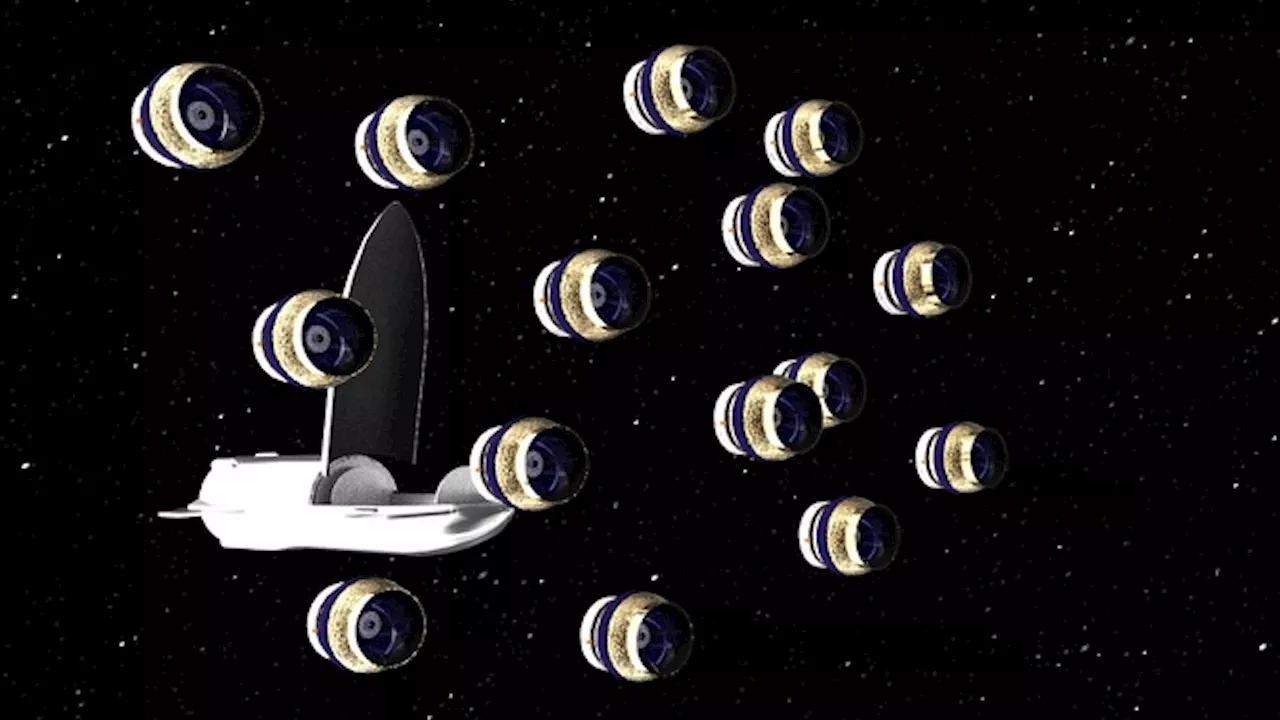The University of Arizona scientists are spearheading a new era in space observation with their groundbreaking Nautilus Space Observatory project.
A team of scientists from The University of Arizona aims to usher in a new era for space observatories.
The new observatory, currently in the concept phase, would leverage a breakthrough in diffractive lens technology that could drastically cut the cost of developing powerful lenses., Apai explained that this could allow Nautilus’ instruments to be up to 100 times more sensitive than those of JWST.Unlike NASA’s Webb telescope, Nautilus would comprise several units that would fly as part of a network in Earth’s orbit.
“Most importantly to me,” Apai continued, “ would provide the required sensitivity to probe the atmospheres of about a thousand transiting exo-Earth candidates. This is almost a hundred times larger sample than any other space telescope hopes to achieve.”– the term used to describe planets outside our solar system.
“Given how complex Earth is, and in how many ways other broadly Earth-like planets with alien ecosystems may differ from Earth, I strongly believe that we need to observe a large sample of these worlds to be able to confidently identify and understand those that host life,” Apai said, adding that the required dataset would be hundreds of Earth-like exoplanets.
Traditional mirrors use refraction to focus light, meaning they change the direction of light as it passes from one medium to another. Diffractive lenses use diffraction, which allows light to bend around obstacles and corners. Scientists achieve this by arranging a pattern of steps and angles on a glass lens.Daniel Apai / University of Arizona
South Africa Latest News, South Africa Headlines
Similar News:You can also read news stories similar to this one that we have collected from other news sources.
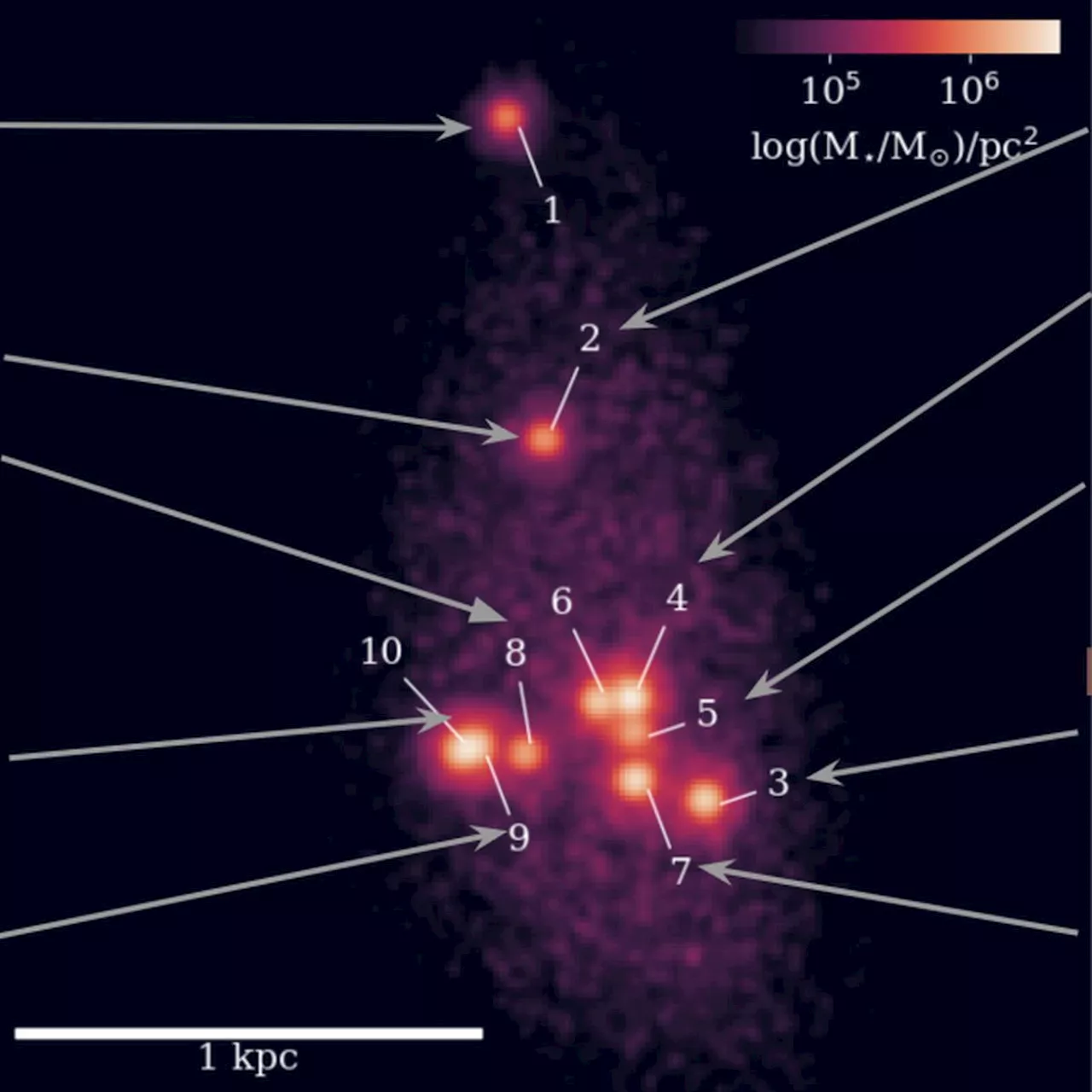 JWST Sees a Milky Way-Like Galaxy Coming Together in the Early UniverseSpace and astronomy news
JWST Sees a Milky Way-Like Galaxy Coming Together in the Early UniverseSpace and astronomy news
Read more »
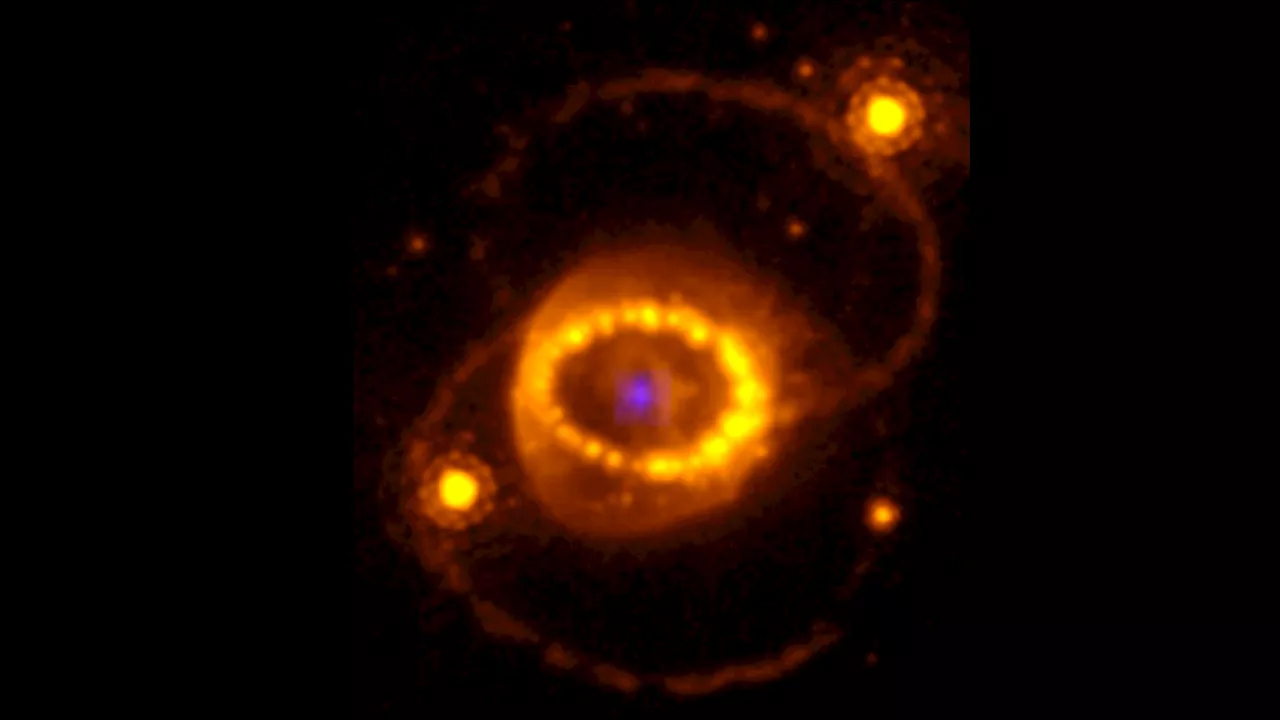 JWST spies hints of a neutron star left behind by supernova 1987ASigns of highly ionized atoms in dusty clouds at SN 1987A’s explosion site suggest a powerful source of X-rays — likely a neutron star — lurks within.
JWST spies hints of a neutron star left behind by supernova 1987ASigns of highly ionized atoms in dusty clouds at SN 1987A’s explosion site suggest a powerful source of X-rays — likely a neutron star — lurks within.
Read more »
 JWST Unlocks Cosmic Mystery: Life’s Precursors Found in Extreme Stellar EnvironmentsScience, Space and Technology News 2024
JWST Unlocks Cosmic Mystery: Life’s Precursors Found in Extreme Stellar EnvironmentsScience, Space and Technology News 2024
Read more »
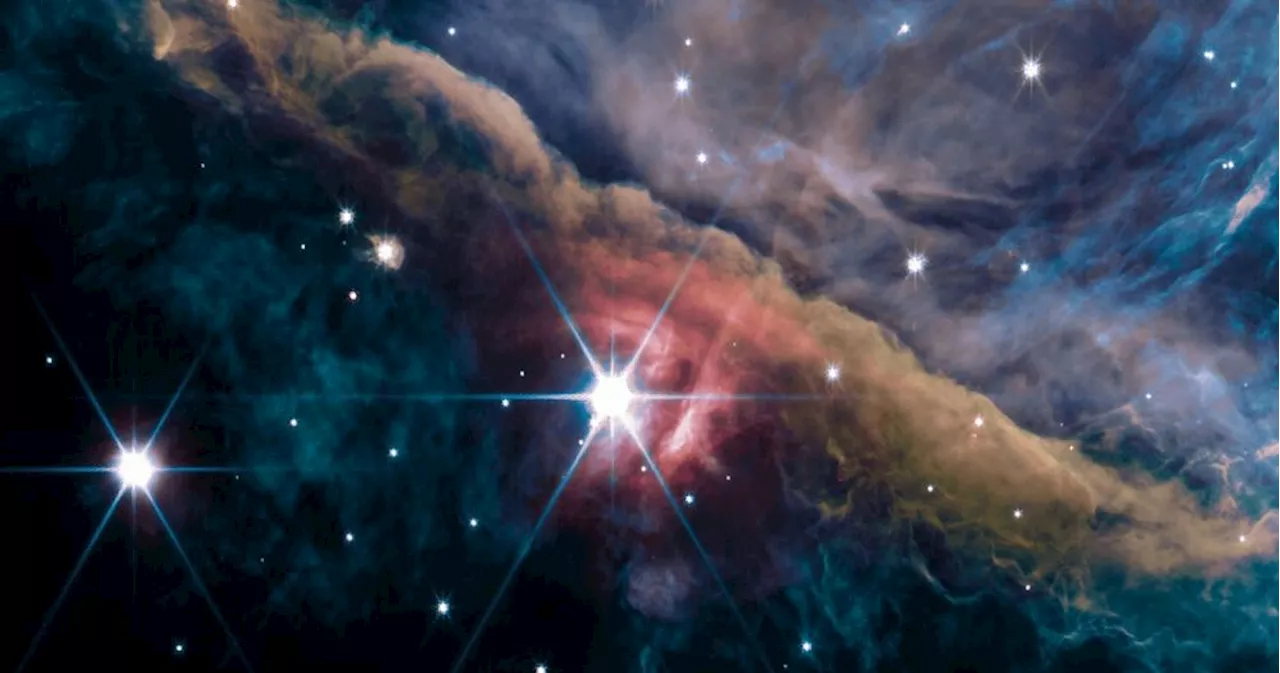 A Planetary Disk in the Orion Nebula is Destroying and Replenishing Oceans of Water Every MonthAstronomers used JWST to study molecules in a protoplanetary disk in the Orion Nebula to follow the destruction and replenishment of water.
A Planetary Disk in the Orion Nebula is Destroying and Replenishing Oceans of Water Every MonthAstronomers used JWST to study molecules in a protoplanetary disk in the Orion Nebula to follow the destruction and replenishment of water.
Read more »
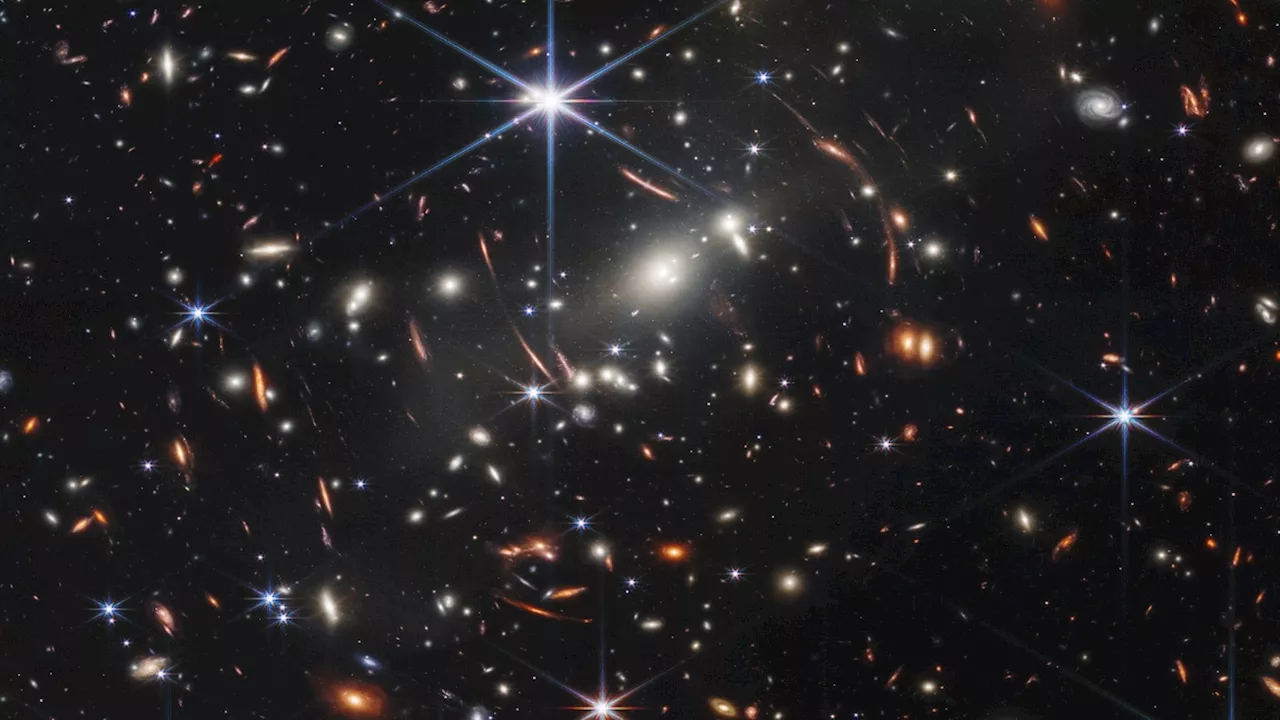 Did the James Webb telescope ‘break the universe’? Maybe notThere’s no need for strange new physics to explain anomalously bright, massive galaxies seen by JWST, Hubble data suggest.
Did the James Webb telescope ‘break the universe’? Maybe notThere’s no need for strange new physics to explain anomalously bright, massive galaxies seen by JWST, Hubble data suggest.
Read more »
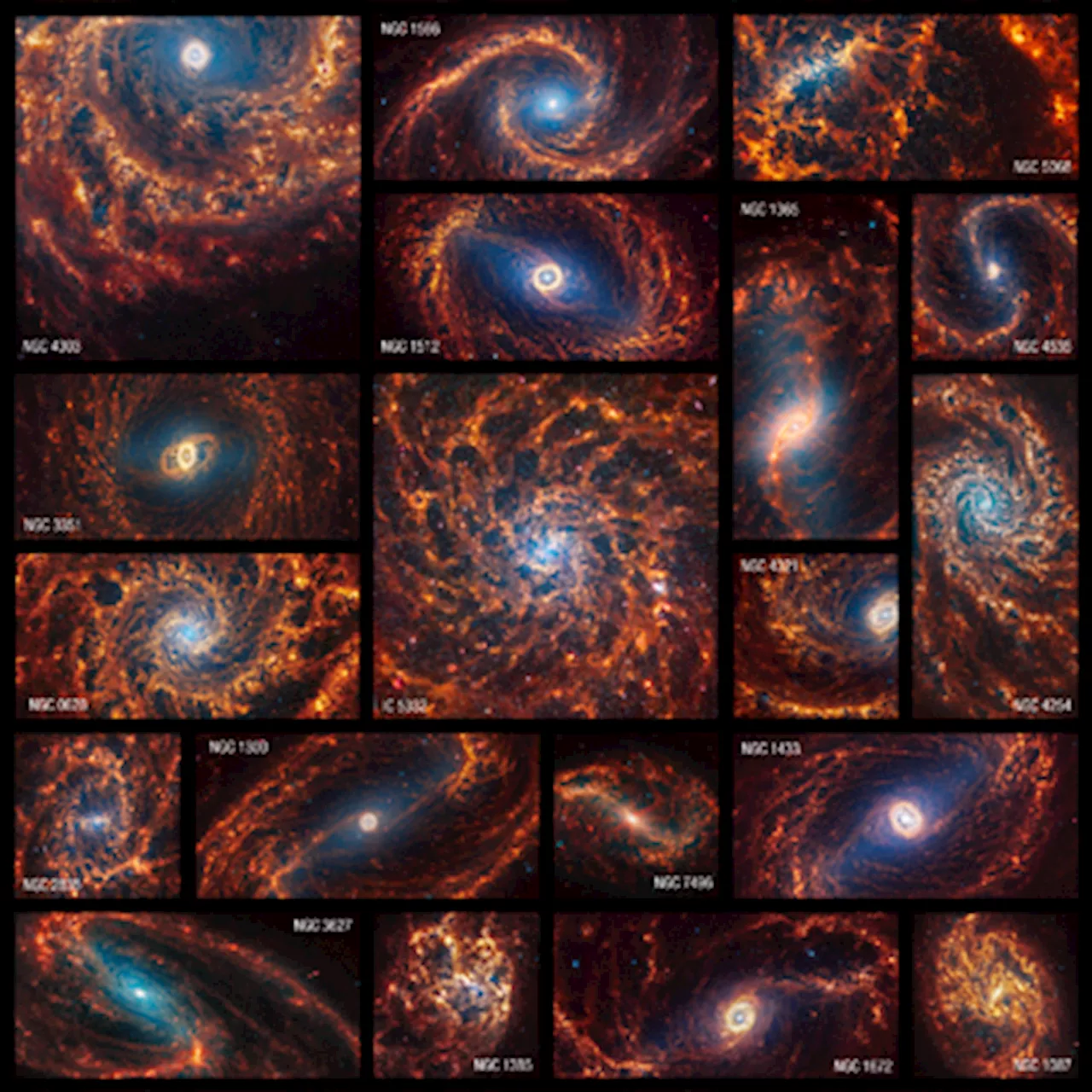 19 Stunning Galaxy Images from the James Webb Space TelescopeExplore the universe with JWST's stunning images of 19 spiral galaxies. These star clusters and gas filaments offer new insights into galaxy evolution and star formation.
19 Stunning Galaxy Images from the James Webb Space TelescopeExplore the universe with JWST's stunning images of 19 spiral galaxies. These star clusters and gas filaments offer new insights into galaxy evolution and star formation.
Read more »
